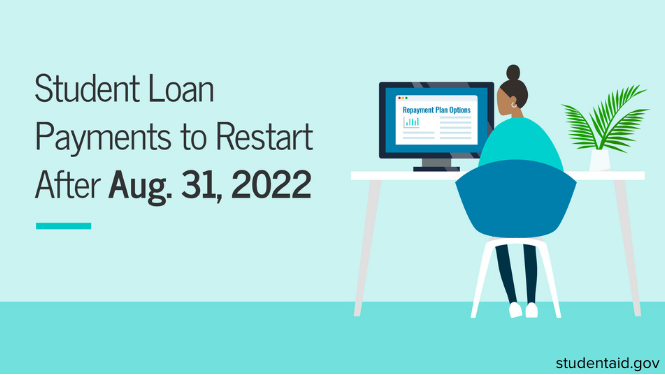- Federal student loan pandemic forbearance benefits are extended through Aug 31st, 2022.
- The earliest you could be required to recertify your income for an income-driven plan is March 2023.
- If you are married and have been filing your taxes separately to keep your income-driven payment lower, you can safely file jointly for 2021
- You may even consider re-filing your 2020 tax return jointly to receive a refund
- Self-reporting income option now available through Feb. 28, 2023
“THIS WEBINAR HAS BEEN LIFE CHANGING FOR ME. I CANNOT THANK YOU ENOUGH FOR SUMMARIZING THIS DATA. I DON’T KNOW HOW MANY PEOPLE I HAVE SPOKEN WITH FROM NAVIENT TO PRIVATE BANKS AND THIS HAS BEEN THE MOST HELPFUL. LITERALLY CRYING RIGHT NOW.”
- In addition to the repayment pause extension through August 31, 2022, borrowers have another four months to request a refund of any payments made since March 13, 2020 when the benefits began. Deciding whether to make payments during the pause is complex. Generally speaking, if you are projected to reach forgiveness using PSLF or an IDR plan, then there is little to no financial benefit to making payments to your federal student loans during the forbearance. Use the Foundation Student Debt Center tools to work through the financial implications for specific circumstances.
- If you are using IDR plans like IBR, PAYE, or REPAYE, annual income documentation is normally required to keep the monthly payments pegged to a percentage of your taxable income. Since the start of the pandemic benefits, no one using an income-driven repayment plan has been required to recertify their income. You can choose to update your income documentation if your income has decreased since the forbearance benefits began. The Department of Education recently updated their guidance on income recertification to reflect the latest extension. The earliest anyone would be required to recertify is now March 2023. If your renewal date shows a day between now and March 2023, then add one year to the date listed.
-
Married borrowers using a plan like IBR or PAYE often file their taxes separately from their spouse to keep their
monthly student loan payments as low as possible. With the continued extensions of the forbearance benefits, there is no
reason to file separately from a spouse for student loan repayment purposes. With the extended delay in recertification,
most people will have an opportunity to file their 2022 tax return separately if they need a lower monthly payment when
the next recertification is required. Enjoy the benefits of filing jointly for 2021. There could even be value in going
back to amend your 2020 tax return to change from a separate to joint tax return as discussed in VIN Foundation
Student Debt message board exchange (you can use your VIN or VIN Foundation username and password, you to view and post
student loan questions on the special student debt message board area):
“If the forbearance never occurred and I had to recertify on the normal timeline my payment would have increased when I recertified in the summer of 2020 to ~$900 and increased again the next year to around $1,000. My wife’s would’ve gone from $256 to ~$600 to ~$700.
So, it has saved us a lot of $$$… near $70k with the increased refunds from MFJ and the lack of higher payments. This has allowed us to save enough for an emergency fund, save for a downpayment, buy a house, max out our 401ks and my HSA. Put a lot more money towards our forgiveness investment account. Overall, it has been good for us financially.
Thanks for all your help on this message board. It is super helpful reading your replies to others in similar situations. I can’t thank you enough.”
- When the forbearance period benefits do end after Aug 31, 2022, the minimum monthly payment will resume at the same amount it was prior to the start of the loan repayment pause. If that payment is higher than your current income and family size would require using an IDR plan, then apply to have your payment recalculated using the “Recalculate my monthly payment option.” There is even a way to “self-report your income” through Feb. 28, 2023 if you have all Direct Loan in your student loan portfolio.
“This has allowed us to save enough for an emergency fund, save for a downpayment, buy a house, max out our 401ks and my HSA. Put a lot more money towards our forgiveness investment account. Overall, it has been good for us financially. Thanks for all your help on this message board. It is super helpful reading your replies to others in similar situations. I can't thank you enough.”


